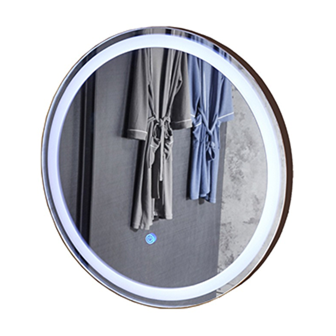Nov . 15, 2024 23:34 Back to list
tempered glass cost
The Cost of Tempered Glass An In-Depth Look
Tempered glass, also known as toughened glass, is a type of safety glass that has been thermally or chemically treated to increase its strength compared to normal (annealed) glass. This process makes it less likely to break and, when it does break, it shatters into small, blunt pieces rather than sharp shards, making it a popular choice for various applications including windows, doors, shower enclosures, and facades. Understanding the cost of tempered glass involves examining several factors that influence its price, including material, manufacturing processes, size, thickness, and market demand.
1. Material and Type
The basic component of tempered glass is silica sand. However, the raw materials used can vary based on the desired quality and specifications. Other materials like soda ash and limestone are commonly mixed in during the manufacturing process. The choice of raw materials directly affects the base cost. Additionally, there are different types of tempered glass, such as clear, tinted, or low-iron glass, which can also influence the overall price. Low-iron glass, for example, is more expensive due to its higher purity, resulting in less green tint and improved clarity.
2. Manufacturing Process
The manufacturing process for tempered glass is energy-intensive, requiring sophisticated machinery and controlled environments. The glass is heated to high temperatures (typically around 620 to 650 degrees Celsius) and then rapidly cooled. This process, known as quenching, helps to create the internal stresses that give tempered glass its strength. The energy costs associated with these processes, along with the maintenance and operation of high-tech equipment, contribute significantly to the overall cost.
3
. Size and ThicknessThe dimensions of the tempered glass play a crucial role in determining the price. Larger panes of glass are generally more expensive due to the increased amount of raw materials required and the complexity involved in handling and shipping them. Similarly, thicker glass (which may be necessary for certain applications like balustrades or high-impact areas) is also more expensive than thinner options. Custom sizes or shapes, commonly required for unique architectural designs or special installations, can further increase the cost due to the additional labor and handling involved.
tempered glass cost

4. Market Demand and Supply
Market dynamics also significantly influence the cost of tempered glass. In regions experiencing booming construction and renovation markets, the demand for tempered glass can drive prices higher. Conversely, during economic downturns when construction slows, prices may stabilize or even decrease. The availability of raw materials and local manufacturing capabilities can also affect pricing. If a region relies heavily on imported glass, fluctuations in shipping costs and tariffs can add to the final price consumers pay.
5. Installation Costs
While tempered glass is often more expensive than traditional glass, installation costs must also be factored into the total investment. Because of its weight and the need for specialized handling, installing tempered glass typically requires professional services. Labor costs can vary significantly based on location, complexity of the installation, and any additional framing or structural requirements. It’s important for consumers to consider these additional expenses when budgeting for tempered glass projects.
6. Safeguards and Regulations
In many applications, especially in commercial settings, tempered glass is required by building codes and regulations for safety reasons. This requirement can further influence pricing as manufacturers must adhere to specific standards, which may involve additional costs in both production and certification processes.
Conclusion
In summary, the cost of tempered glass is influenced by a plethora of factors, including raw materials, manufacturing processes, size, thickness, market conditions, and installation fees. While it generally comes at a premium compared to standard glass, the benefits of safety, durability, and aesthetics that tempered glass offers often justify this investment. As the construction landscape continues to evolve and sustainability becomes a priority, the demand for high-quality tempered glass is likely to remain strong, ensuring its place as a staple in the architecture and design industries.
-
Safety and Style with Premium Laminated Glass Solutions
NewsJun.24,2025
-
Reinvents Security with Premium Wired Glass
NewsJun.24,2025
-
Premium Float Glass Line for Modern Architecture
NewsJun.24,2025
-
Low Emissivity Glass for Energy-Efficient Architecture
NewsJun.24,2025
-
High-Performance Insulated Glass Solutions for Modern Architecture
NewsJun.24,2025
-
Elevates Interior Style with Premium Silver Mirror
NewsJun.24,2025
Related PRODUCTS














